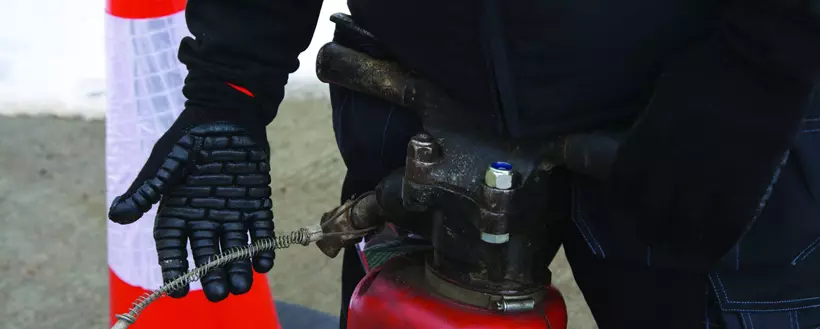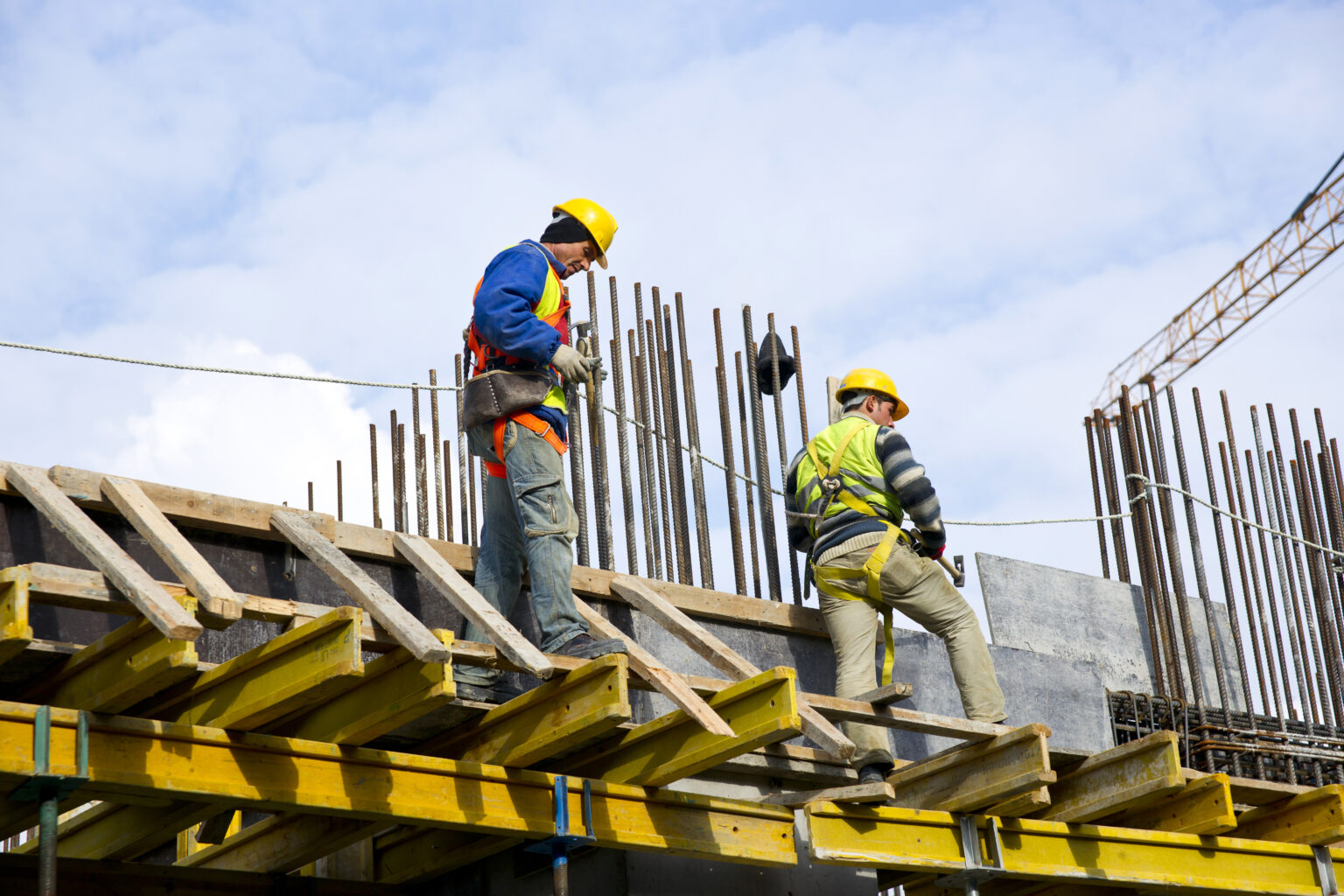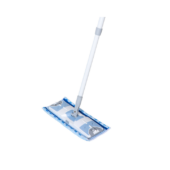When working in construction, anti-vibration gloves are essential for protecting your hands from prolonged exposure to vibrating tools like jackhammers, drills, and compactors. In this practical guide, we’ll explore everything you need to know about choosing the right gloves to keep your hands safe and improve your comfort on-site. For a comprehensive overview of anti-vibration gloves across industries, check out How To Choose The Right Anti-Vibration Gloves – A Buyer’s Guide.
Key Features to Look for in Anti-Vibration Gloves

Choosing the right gloves involves evaluating several critical features to match your specific construction tasks:
Material Composition
Look for gloves made of high-quality materials such as leather or synthetic blends that provide durability and resistance to wear. Foam or gel padding helps absorb vibrations while maintaining flexibility.
EN ISO 10819 Certification
Ensure the gloves meet the EN ISO 10819 standard, the European benchmark for vibration-reducing gloves. Gloves meeting this standard offer proven vibration protection. For official information on EN ISO 10819 standards, refer to the European Standards website.
Grip and Dexterity
Construction work requires gloves that balance vibration reduction with dexterity. Features like textured palms or anti-slip coatings improve grip, especially when handling tools in wet or oily conditions.
Size and Fit
Proper sizing ensures maximum comfort and performance. Ill-fitting gloves may reduce protection or limit your range of motion. Refer to the manufacturer’s sizing chart for accurate measurements.
Breathability
Construction environments can get hot, so choose gloves with breathable materials or moisture-wicking linings to keep your hands dry and comfortable.
Top Considerations for Specific Construction Tasks
Demolition Work
Demolition often involves heavy tools like jackhammers and concrete breakers. Gloves with extra padding and reinforced palms, such as impact-resistant gloves, offer superior protection against both vibrations and impacts.
Carpentry and Drilling
For tasks requiring precision, lightweight gloves with minimal padding but high dexterity are ideal. Consider cut-resistant gloves for added protection from sharp tools.
Paving and Compaction
Workers using compactors or vibrating rollers benefit from gloves with thick gel or foam padding. These gloves provide maximum vibration dampening while maintaining durability.
Comparison of Popular Anti-Vibration Gloves
| Feature | Foam-Padded Gloves | Gel-Padded Gloves | Leather Gloves with Vibration Padding |
| Vibration Reduction | High | Very High | Moderate |
| Dexterity | Moderate | Moderate | High |
| Durability | Good | Excellent | Excellent |
| Cost | Affordable | Moderate to High | High |
For more choices, explore our Anti-Vibration Gloves product category.
Care and Maintenance Tips
Proper care ensures your gloves remain effective:
- Cleaning: Wash gloves as per manufacturer instructions to maintain hygiene and prolong lifespan.
- Inspection: Regularly check for wear and tear. Replace gloves if padding becomes thin or if the material shows signs of damage.
- Storage: Store in a cool, dry place away from direct sunlight to prevent material degradation.
Related PPE to Complement Anti-Vibration Gloves
For comprehensive hand safety, consider related products that cater to specific needs in various construction tasks:
- Cut-Resistant Gloves: These gloves are ideal for handling sharp tools and materials, offering protection against accidental cuts while maintaining dexterity for precise work.
- Impact-Resistant Gloves: Designed to withstand heavy-duty applications, these gloves provide excellent protection against sudden impacts and shocks, making them suitable for demolition and other high-risk tasks.
- Safety Shoes: A critical component of PPE, safety shoes safeguard your feet from falling objects, punctures, and slips, ensuring stability and comfort on the construction site.
Additional Resources for Buyers
To deepen your understanding, check out these buying guides:
- Impact-Resistant Gloves: Everything You Need to Know
- How To Choose The Right Work Gloves – A Buyer’s Guide
- How To Choose Cut-Resistant Gloves – A Buyer’s Guide
Conclusion
We hope this guide has provided valuable insights into selecting the right anti-vibration gloves for your construction tasks, from understanding key features to evaluating material, fit, and certification. Whether you’re working with heavy machinery or delicate tools, we’re here to help you find the best protection for your hands.
Explore our full range of Anti-Vibration Gloves at Droppe, where trusted brands and top-quality options are available at your fingertips.
Have questions or need assistance in choosing the perfect gloves? Don’t hesitate to reach out—we’re always here to help ensure your safety and comfort on every job.
– The Droppe Team
Frequently Asked Questions
Anti-vibration gloves are designed to protect hands from vibrations caused by power tools and heavy machinery. They work by using materials like gel padding or foam that absorb and dampen vibrations, reducing their impact on your hands.
No, anti-vibration gloves are specifically designed to mitigate vibrations, while regular work gloves may only provide basic hand protection against cuts, abrasions, or chemicals.
If you regularly use power tools or machinery that produce vibrations, such as jackhammers, chainsaws, or grinders, you may need anti-vibration gloves to prevent hand fatigue and conditions like Hand-Arm Vibration Syndrome (HAVS).
No, they can reduce vibrations significantly but cannot eliminate them entirely. Proper tool maintenance and usage techniques also play an important role in minimizing vibration exposure.
Some gloves may reduce dexterity due to thicker padding, but high-quality gloves are designed to balance vibration protection with good grip and flexibility.
Measure your hand circumference and compare it to the manufacturer’s sizing chart. Gloves that are too tight can restrict blood flow, while loose gloves may reduce effectiveness.
Look for gloves with durable outer layers like leather or synthetic materials combined with inner vibration-dampening materials like gel, foam, or specialized rubber.
Some models are waterproof or resistant to water, but not all. Check the product specifications if you work in wet environments frequently.
The lifespan depends on usage frequency and conditions. High-quality gloves can last several months to years with proper care, but regular inspection for wear and tear is important.
Yes, look for gloves that meet standards like ISO 10819, which ensures they meet certain vibration-dampening criteria. This certification is a reliable indicator of quality and effectiveness.

















